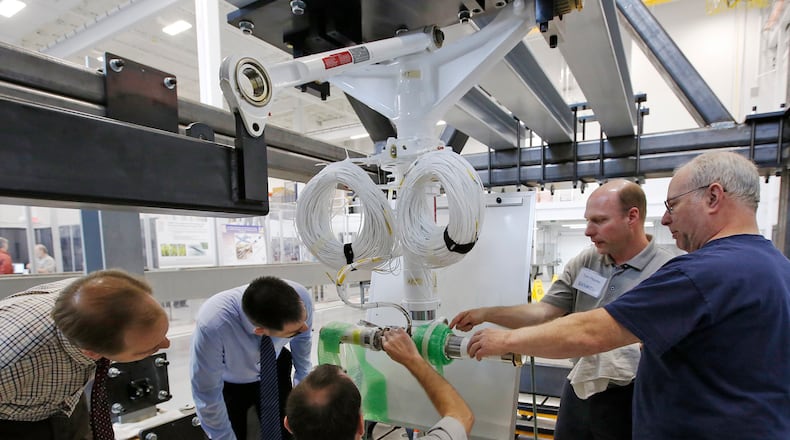The funding will be offered for summer research because a significant amount of faculty and student research is done between the spring and fall academic semesters, according to the university. The money will help foster and support sustainable, interdisciplinary research programs on campus that can successfully transition to external funding, said Eddy Rojas, school of engineering dean.
“This award is specifically focused on faculty and programs that have the potential and desire to achieve a national level of recognition,” said Doug Daniels, executive director of UD’s SupraMolecular Applied Research and Technology Center, who will coordinate the new fund’s review committee. “We are encouraging research programs that can clearly articulate their societal impact to underscore the alignment of scientific research on campus with the university’s Catholic, Marianist mission.”
The program comes in response to recommendations that emerged during the college’s strategic planning process, said college of arts and sciences dean Jason Pierce.
It also addresses a key goal of the college to create and incentivize opportunities for faculty research, according to the university.
5 HIGHER ED MUST READS
• UD warns students as St. Patrick’s Day, NCAA First Four approach
• Central State president met with Trump in Washington
• 3 things to know about Wright State’s next president
• National Science Foundation awards UD researcher more than $500K
• Area college named ‘most beautiful Christian’ campus in Ohio
About the Author
